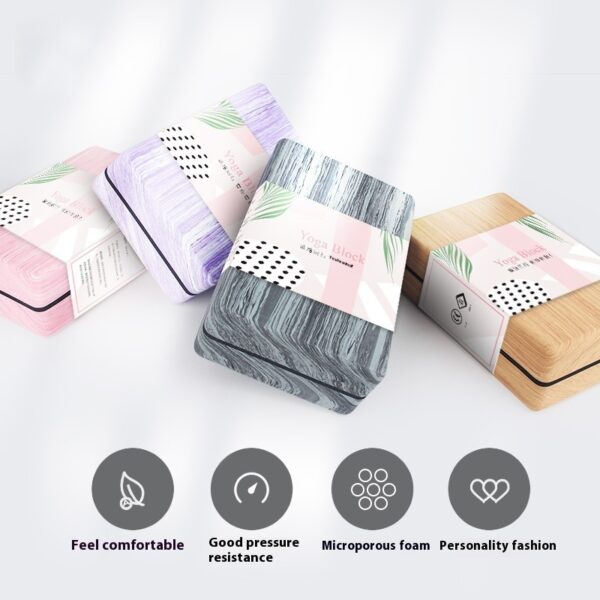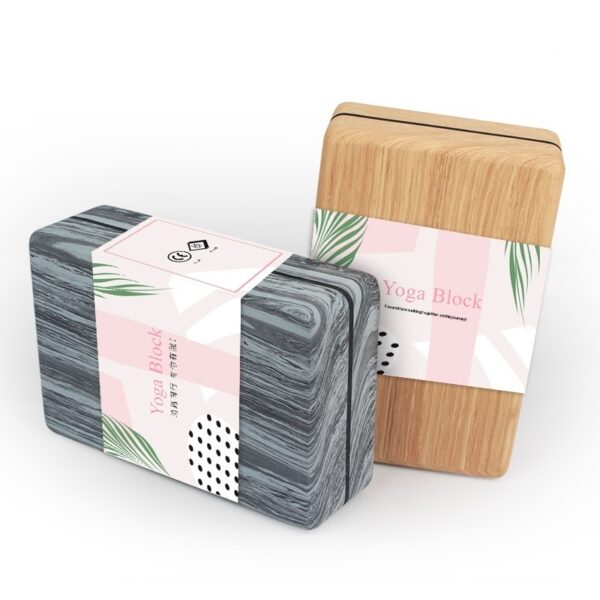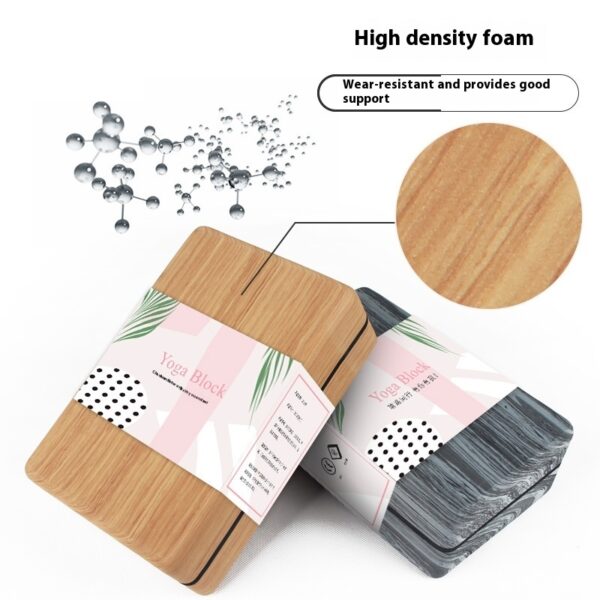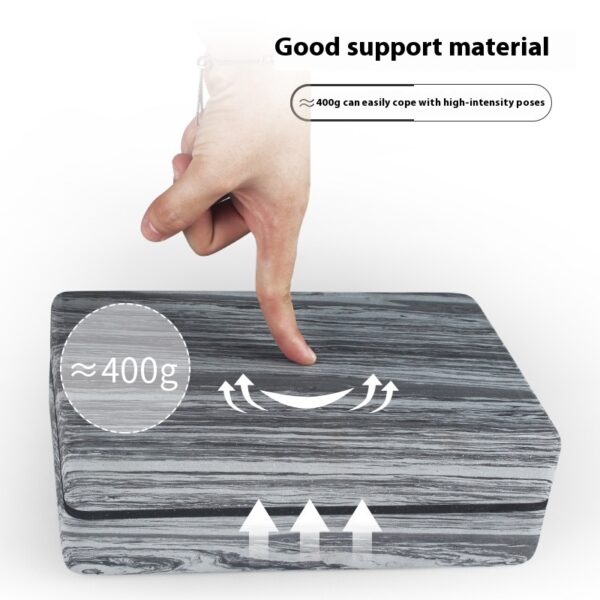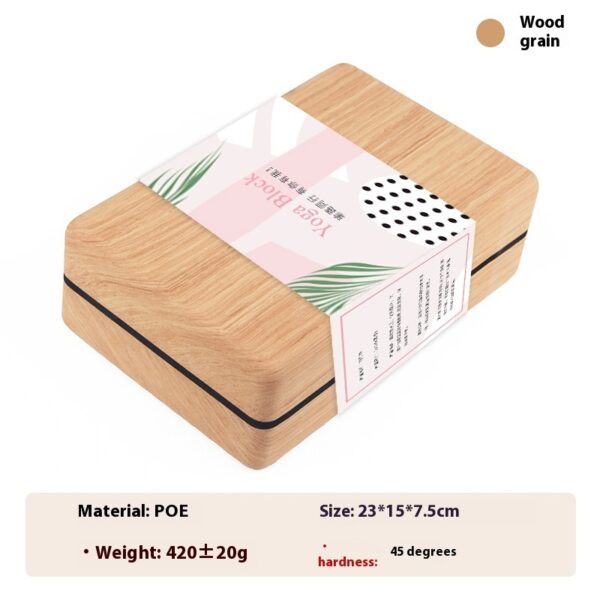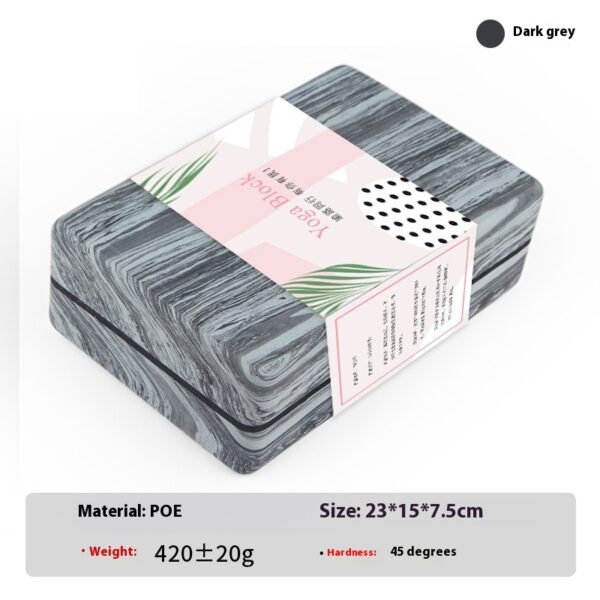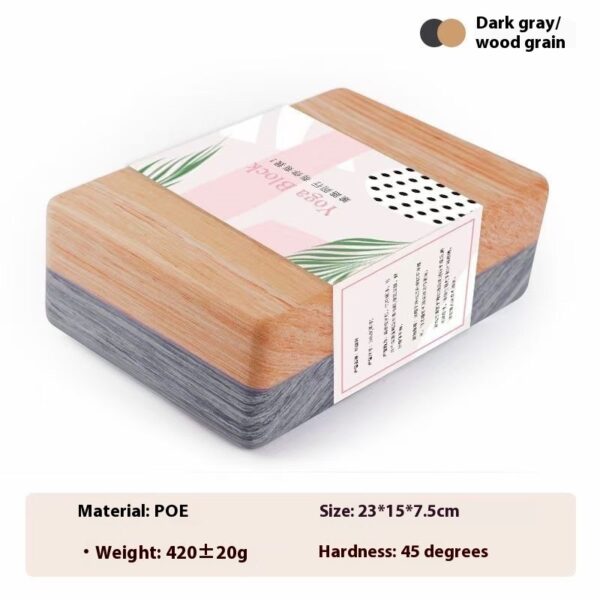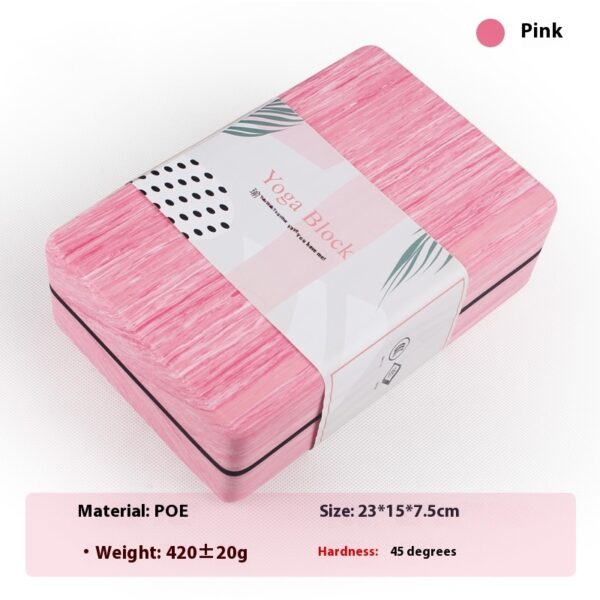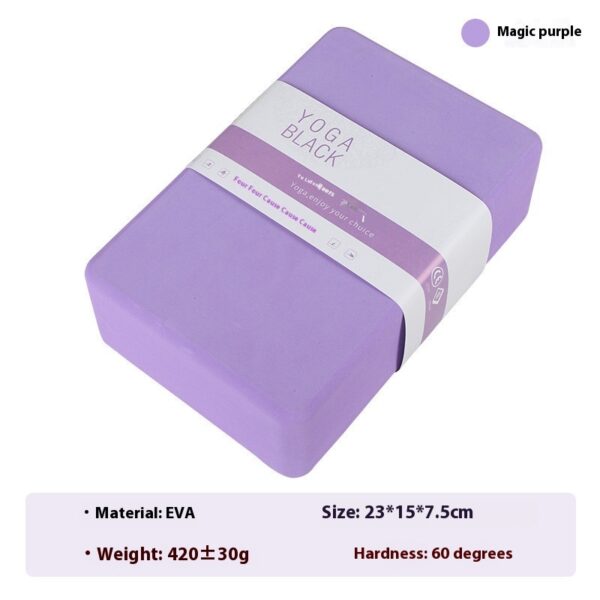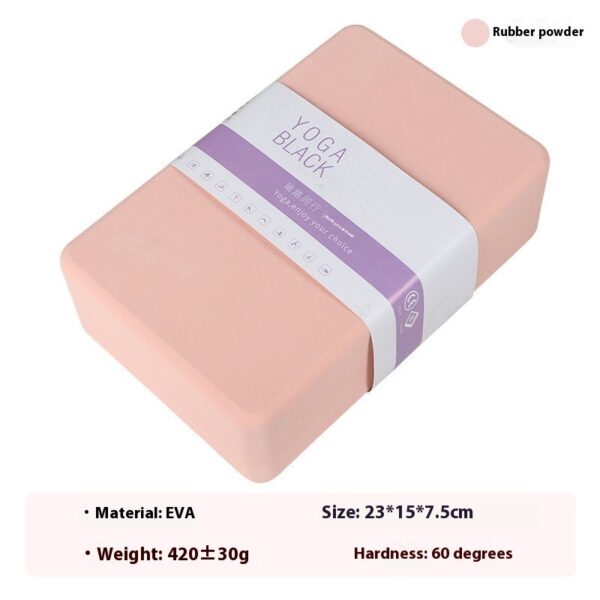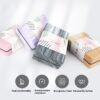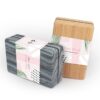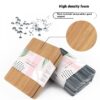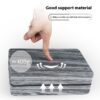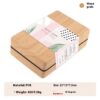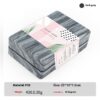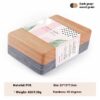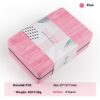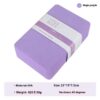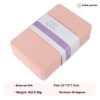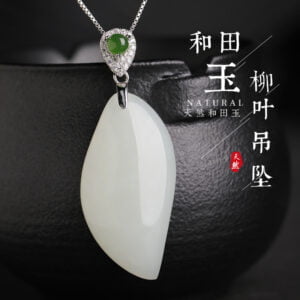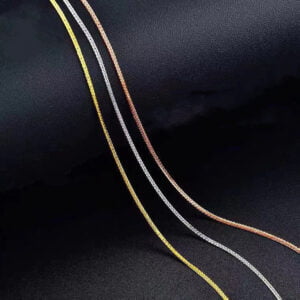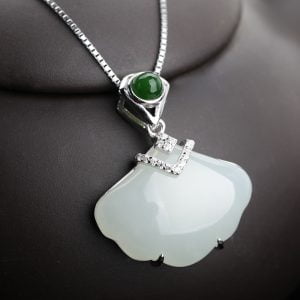Product Information:
Material: POE or EVA
Density: High
Size: 23 x 15 x 7.5 cm
Weight: 420g (POE), 200-220g (EVA)
Features: Non-Slip, Rounded Edge, Eco-Friendly, Waterproof
POE (Polyolefin Elastomer) and EVA (Ethylene-Vinyl Acetate) are both materials used to make yoga blocks, but they have some differences:
- Material Composition:
- POE is a type of thermoplastic elastomer that combines rubber and plastic properties. It’s known for being durable, flexible, and resistant to environmental stress-cracks.
- EVA is a copolymer that includes ethylene and vinyl acetate. It’s recognized for its softness, flexibility, and excellent clarity and gloss.
- Density and Firmness:
- POE blocks tend to be firmer and denser, providing more stability and support for yoga poses.
- EVA blocks are generally softer and lighter, which might be more comfortable for some users but can be less stable for supporting weight in certain poses.
- Environmental Impact:
- POE is often considered more environmentally friendly because it can be recycled more easily and doesn’t require the use of plasticizers.
- EVA, while also recyclable, is a type of plastic and may not be the best choice for those looking for eco-friendly options.
- Durability:
- POE yoga blocks are highly durable and can withstand repeated use without losing their shape or firmness.
- EVA yoga blocks may deform or lose their shape over time, especially with heavy use.
- Cost:
- The cost can vary depending on the brand and quality, but generally, POE blocks might be more expensive due to their durability and material properties.
- EVA blocks are often more affordable, making them a popular choice for beginners or those looking for a cost-effective option.
When choosing between POE and EVA yoga blocks, consider your personal preferences, the type of yoga you practice, and your priorities regarding environmental impact and durability.
Packing List:
Yoga Bock x 1



















